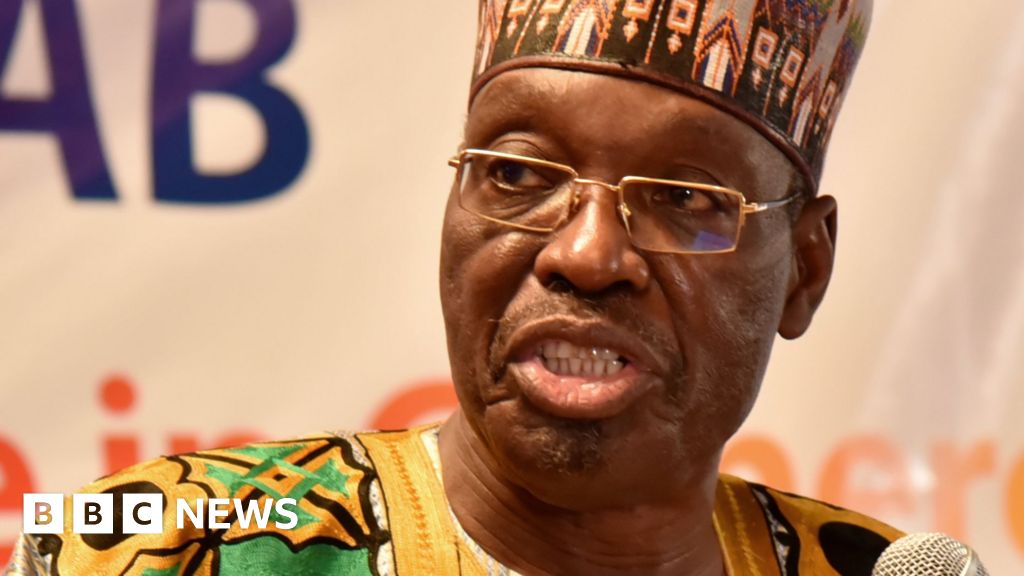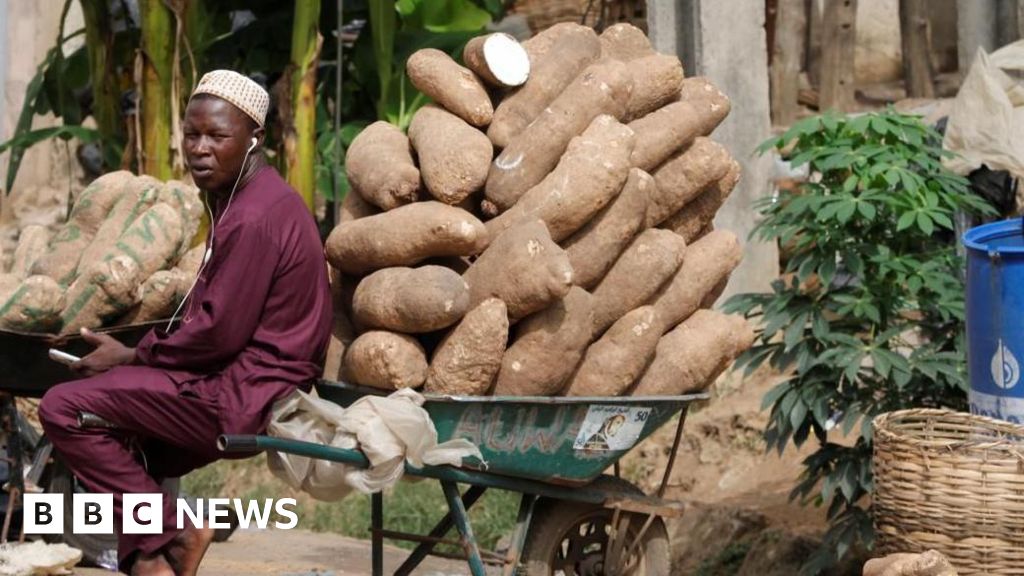Key Takeaways
- The 2024 Bitcoin halving cut miner rewards in half, reinforcing Bitcoin’s scarcity and strengthening the long-held conviction of Bitcoin maximalists.
- Its impact is visible in rising adoption, institutional interest, and renewed debate over Bitcoin’s potential as a global standard.
- Early signs of hyperbitcoinization range from increasing usage in the US, Latin America, Africa, and Asia to Bitcoin’s role as a hedge in unstable economies.
- Volatility, regulation, and technical barriers slow Bitcoin’s path to everyday use.
Imagine a future where everything is paid in Bitcoin, where the cryptocurrency powers all transactions. For many, this future is not just a theory but something that will happen.
These are the Bitcoin maximalists, or “maxis,” who firmly believe in Bitcoin’s potential to replace traditional fiat currencies and dominate the global financial landscape.
They are investing heavily in Bitcoin, seeing it as a store of value and a transformative force that will reshape global finance. For them, Bitcoin is a step toward financial sovereignty and a decentralized world that is resistant to inflation.
With the 2024 Bitcoin halving and as of early 2025, the Bitcoin maximalist vision of hyperbitcoinization is now facing real-world tests. The impact of this key supply cut is starting to show.
This article explores how the 2024 halving has shaped Bitcoin’s path toward hyperbitcoinization. It examines Bitcoin’s growing global adoption, its emerging role as a reserve currency, and its challenge to fiat currencies.
What Is Hyperbitcoinization?
Hyperbitcoinization is the theoretical scenario in which Bitcoin replaces traditional fiat currencies and becomes the primary global currency. In this scenario, individuals and institutions use Bitcoin for everyday transactions, savings, and investments, making national currencies obsolete.
Bitcoin Halving and Scarcity Narrative
Due to its decentralized nature, the system would not require central banks and financial intermediaries.
Bitcoin’s limited supply would drive its value higher, making it a dominant store of value and a global standard for exchanges.
This vision sees Bitcoin as a currency and the foundation of a new revolutionary financial system.
Bitcoin’s End Goal–Monetary Revolution?
Daniel Krawisz, an OG Bitcoiner, coined the term “hyperbitcoinization” as “a voluntary transition from an inferior currency to a superior one, and its adoption is a series of individual acts of entrepreneurship rather than a single monopolist that games the system.”
This definition emphasizes that Bitcoin’s rise would be driven by individual decisions and actions rather than by a centralized authority or monopoly, as with fiat currencies.
According to Bitcoin maximalists, the goal is a monetary revolution—a complete transformation of the world’s financial system. History has moved through money backed by gold, silver, and even cocoa beans.
They argue that Bitcoin represents the next chapter: a decentralized, digital standard that reshapes how value is stored and exchanged across borders.
Bitcoin Halving 2024 Impact
The Bitcoin halving in 2024 had significant consequences that became clearer after one year. The block reward was reduced from 6.25 to 3.125 BTC, and Bitcoin maximalists knew that, historically, halvings have led to price surges. Soon after the halving, several important consequences emerged:
- Reduced supply impact: By 2025, the effects were clear, with increasing demand potentially driving Bitcoin’s value higher.
- Mining economics: The halving reduced block rewards, forcing less efficient miners to shut down. This consolidated mining power among larger, more efficient entities operating industrial-scale Application-Specific Integrated Circuit (ASIC) farms.
- Scarcity narrative: The halving reinforced Bitcoin’s scarcity, making it a more attractive store of value. As the market absorbed the decreased supply, Bitcoin’s position as a deflationary asset with fixed and shrinking issuance became more visible.
- Market cycle shift: Historically, Bitcoin’s price reacts to halving events. The post-halving period provided new data for understanding where Bitcoin stands in its current market cycle. In March 2024, just before the halving, Bitcoin hit a new all-time high of $73,737, signaling strong momentum. That momentum carried through the year—by December 5, 2024, Bitcoin broke past $100,000 for the first time, reaching a new record.
- Institutional interest: Increased institutional adoption, driven by the scarcity narrative and the potential for higher prices, contributed to Bitcoin’s rising market influence. The launch of Bitcoin ETFs in early 2024 also played a role. Trump’s March 2025 executive order to establish a Strategic Bitcoin Reserve further boosted institutional confidence by positioning BTC as a national strategic asset.
- Broader market sentiment: The halving drew heavy media coverage and pushed investor sentiment into extreme territory. In the weeks that followed, the Crypto Fear and Greed Index showed a sharp move toward greed, driven by expectations of price gains and limited supply. By 2025, that optimism still lingered, with many retail investors holding positions based more on emotion than fundamentals.
Bitcoin Global Adoption
By 2025, more countries are taking steps toward recognizing or integrating Bitcoin into their financial systems. Some have made it legal tender or introduced regulatory frameworks to support Bitcoin payments, investments or taxation.
The trend reflects the growing interest in Bitcoin as an alternative to fiat, especially in regions facing inflation or limited access to stable banking.
North America
Roughly 14% of Americans own Bitcoin, making the U.S. the top country worldwide in terms of both retail and institutional Bitcoin holders.
Latin America
According to Chainalysis, crypto adoption across Latin America includes not just Bitcoin but also the strong use of stablecoins. In countries facing inflation and currency volatility, stablecoins play a central role.
El Salvador’s Bitcoin Model
Argentina, Brazil, and El Salvador lead the region, with rising demand for digital assets that hold steady value in everyday transactions.
Africa
In Africa, regulatory hurdles, limited access to financial tools, and unstable infrastructure continue to hold adoption back.
However, interest is growing. For example, in Sub-Saharan Africa, between June and July 2024, stablecoins such as USD Coin (USDC), Tether (USDt), and Binance (BNB) accounted for approximately 43% of the region’s crypto transaction volume.
Bitcoin made up about 18% of the total crypto value during the same period.
Asia and Oceania
India has high adoption rates and strong retail activity. While exact Bitcoin ownership percentages vary, overall engagement suggests a solid Bitcoin presence in the region. Stablecoin use is also common, especially for trade and remittances.
However, regulatory approaches differ across countries, with Singapore, Hong Kong, and Australia actively shaping digital asset frameworks.
BTC as Reserve Currency
El Salvador set a precedent by legalizing and adding Bitcoin to its national reserves. Bhutan followed with a similar move, announcing Bitcoin holdings as part of its Gelephu Mindfulness City strategy.
In other countries, even without formal adoption, some central banks and sovereign wealth funds are reportedly exploring Bitcoin as a potential hedge against fiat depreciation.
U.S. and China have seized large amounts of Bitcoin through enforcement actions. In the U.S., authorities have begun holding some of the seized BTC, effectively treating it as part of national reserves.
Bitcoin As Corporate Reserve Asset
Alongside countries, companies are also adding Bitcoin to their balance sheets, making them part of their treasury management. For example, U.S.-based MicroStrategy continued to lead with regular BTC purchases, treating it as a long-term reserve asset.
Additionally, in 2024, Japan’s Metaplanet followed suit, citing inflation risk and currency volatility as key drivers. Moves like these show how private institutions are beginning to treat Bitcoin as a digital reserve infrastructure—not just an investment.
Challenges Concerning Bitcoin Mainstream Adoption
Bitcoin still faces major hurdles before reaching mass adoption. Price volatility makes it risky for daily use, and regulatory uncertainty keeps businesses cautious.
Technical barriers and a lack of education slow adoption. Until wallets become easier, fees more stable, and policies clearer, Bitcoin remains more of a store of value than a full replacement for fiat.
The next section compares both fiat and crypto, focusing on Bitcoin.
Bitcoin Vs. Fiat: Key Differences
Bitcoin and fiat currency represent two very different approaches to money. One is built on code, scarcity, and decentralization, while the other depends on central banks, policy, and government trust.
When comparing Bitcoin and fiat currency, it becomes clear how each system operates differently. The table below highlights their key differences.
| Features | Bitcoin | Fiat Currency |
| Issuance | Decentralized, finite supply | Central authority control, unlimited supply |
| Control | User-controlled, permissionless | Government/bank controlled, regulated |
| Transparency | Public ledger, pseudonymous | Generally opaque, private records |
| Transfer | Peer-to-peer, global, potentially fast | Intermediaries, slower, jurisdictional |
| Value basis | Scarcity, network effect, technology | Government decree, trust, stability |
| Inflation risk | Limited, predictable supply | Subject to monetary policy, potential |
| Counterparty risk | No middlemen | Banks or institutions may freeze or lose funds |
| Political impact | Immune to national policy shifts | Vulnerable to political instability and missteps |
| Monetary model | Deflationary by design | Inflationary, debt-driven |
The Fiat Currency Crisis Angle
Many countries face deep trust issues with their fiat currencies—especially in developing economies. Inflation, political instability, and aggressive monetary policies have shaken public confidence.
People are turning to alternatives that bypass central control, from Argentina’s peso collapse to Venezuela’s hyperinflation and Lebanon’s banking freeze. Bitcoin’s fixed supply and borderless access offer an escape route where trust in local systems has failed.
Could BTC Become a Global Standard?
According to Bitcoin maximalists, Bitcoin offers a way out. It does not inflate by decree, cannot be frozen by banks, and crosses borders without permission.
In places where currencies lose value overnight, Bitcoin can be a survival tool. The deeper the crisis runs, the stronger Bitcoin looks as a parallel financial system.
Bitcoin still faces roadblocks on the path to mass adoption.
Volatility makes everyday spending challenging. Regulation remains uncertain in many countries. Technical barriers and limited financial literacy slow down access in regions that need it most.
Still, according to Samson Mow, CEO of Jan3 and a well-known Bitcoin maximalist, adoption is accelerating. He sees the current pace—driven by demand in developing economies, institutional entry, and national-level interest—as proof that Bitcoin is moving from speculation to global money.
He believes that we will eventually look back at the period starting in 1971 as the “monetary dark ages”—a time when nothing made sense.
Gold was represented on paper and used to buy things, but the system lacked transparency and stability. Mow argues that this fiat experiment is flawed and, in time, will fade.
He believes the global economic system will evolve within half a century, and Bitcoin will ultimately prevail.
Conclusion
Bitcoin is no longer just an idea. After the 2024 halving, it is pushing deeper into real-world use—across countries, institutions, and wallets. The scarcity narrative is stronger. Adoption is faster. And trust in fiat? It is slipping in many places.
Still, hyperbitcoinization is not guaranteed. Bitcoin faces challenges. Volatility, regulation, and user experience gaps slow it down. But the momentum is clear—and growing.
Only time will tell whether Bitcoin will become the next global standard. But for many, waiting for history to decide may be the wrong move.
FAQs
Why does Bitcoin gain value after each halving?
Each halving reduces new supply, reinforcing scarcity, while demand usually stays steady or rises.
Is hyperbitcoinization already happening?
Not yet, but rising adoption, especially in countries with weak currencies, points in that direction.
When is Bitcoin’s next halving?
The next Bitcoin halving is projected to occur around April 2028—likely in early to mid-April, depending on the block production speed.
Disclaimer:
The information provided in this article is for informational purposes only. It is not intended to be, nor should it be construed as, financial advice. We do not make any warranties regarding the completeness, reliability, or accuracy of this information. All investments involve risk, and past performance does not guarantee future results. We recommend consulting a financial advisor before making any investment decisions.
Was this Article helpful?


















